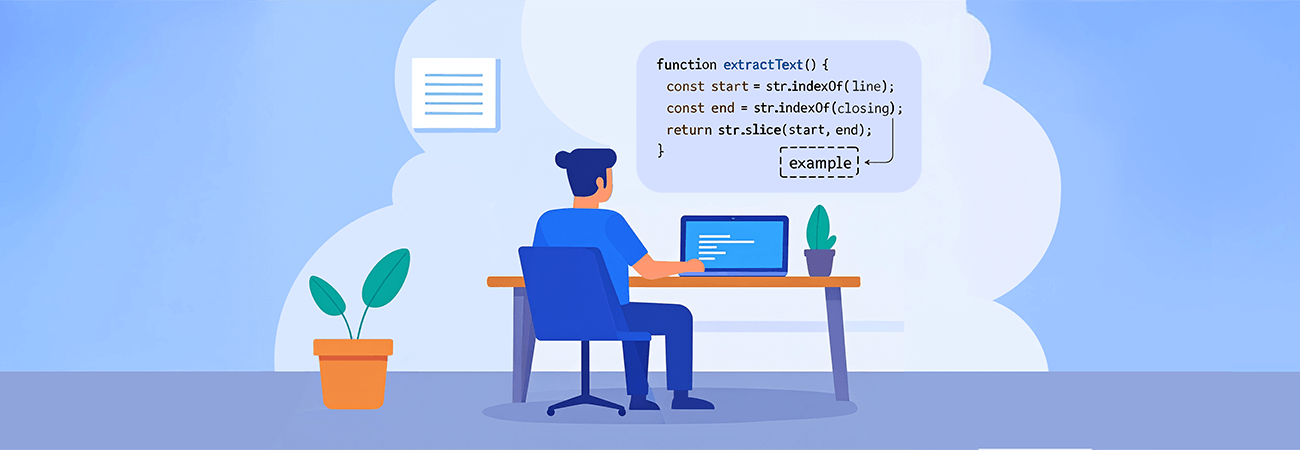
In SQL development, extracting parts of a string is a task that surfaces time and again—whether isolating everything before a certain character, after a word, or between two specific values. While built-in SQL functions provide the necessary tools, combining them often results in complex, nested logic that clutters code and slows down development.
To solve this, a streamlined custom function was created to simplify string extraction. The function accepts three parameters: the source string, a starting text marker, and an ending text marker. If the starting marker is missing or empty, the function begins from the start of the string. If the ending marker is not provided, the extraction continues to the end. In cases where the end marker appears before the start, the function returns an empty result, ensuring logical accuracy.
Rather than manually writing the function, a natural language prompt was provided to an AI assistant. The description outlined the desired behavior, including how to handle null values, the order of markers, and edge cases. Within seconds, a fully functional SQL snippet was generated—meeting all requirements on the first attempt with no need for modification.
This experience highlights a growing shift in development workflow. Instead of spending time building repetitive logic from scratch or hunting for examples online, developers can now quickly produce tailored utility functions using AI. If the initial version needs refinement, adjustments can be requested and implemented in moments.
The lesson is clear: even for tasks that seem minor, creating reusable functions can save significant time and improve code clarity. With AI tools now able to generate these functions from a simple description, the barrier to building clean, maintainable SQL code has never been lower.